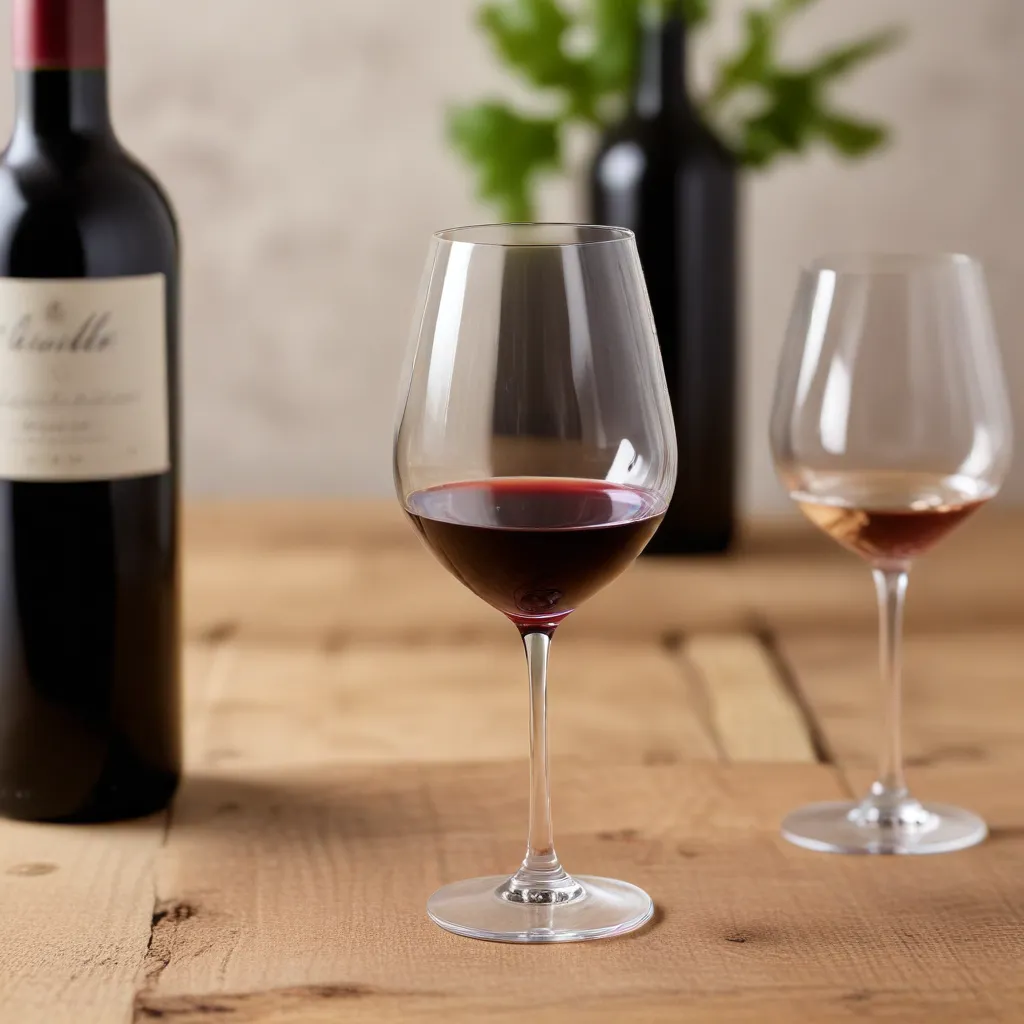
In the ever-evolving landscape of the wine industry, a new trend has emerged that is captivating the palates and preferences of conscious consumers – the rise of alcohol-removed and low-ABV wines. As health-conscious living and mindful indulgence take center stage, these innovative wine offerings are reshaping the way we enjoy the grape’s bounty.
Defining Alcohol-Removed and Low-ABV Wines
At the forefront of this trend are two distinct categories of wines: alcohol-removed and low-ABV. The former refers to wines that have undergone a deliberate process to remove a significant portion, if not all, of the alcohol content, resulting in non-alcoholic or near non-alcoholic beverages. The latter, low-ABV wines, maintain a reduced alcohol by volume (ABV) percentage, often ranging from 9% to 12%, allowing consumers to enjoy the wine experience with a lighter touch.
Factors Driving the Trend
The surge in demand for these alternative wine options can be attributed to a confluence of factors, primarily centered around health-conscious consumer preferences and the desire for moderation.
Health-Conscious Consumers: As the awareness of the potential health implications of excessive alcohol consumption grows, a segment of wine enthusiasts is seeking out lower-alcohol or alcohol-free options that allow them to indulge in their passion without compromising their well-being. These health-conscious consumers are drawn to the promise of reduced calorie, sugar, and carbohydrate content, aligning with their holistic approach to lifestyle choices.
Desire for Moderation: Alongside the health-driven demand, there is a rising trend among wine drinkers to seek more moderate and mindful consumption habits. Consumers are increasingly embracing the concept of “controlled indulgence,” where they can enjoy the wine experience without the risk of overindulgence or the subsequent effects on their productivity, cognitive function, or ability to drive.
The Rise of Alcohol-Removed Wines
The market for alcohol-removed wines has seen a significant surge in recent years, driven by both consumer demand and innovation within the industry.
Market Growth and Popularity: As more health-conscious and moderately-inclined consumers seek alternatives to traditional alcoholic wines, the alcohol-removed wine category has witnessed a remarkable rise in popularity. Major wine producers, such as Constellation Brands and Mezzacorona, have responded to this shift by introducing their own lines of non-alcoholic and low-alcohol wine options, catering to the evolving preferences of their customer base.
Product Innovation and Diversification: The wine industry has risen to the challenge, with producers employing a range of techniques to craft alcohol-removed wines that aim to preserve the essence and complexity of their alcoholic counterparts. From advanced dealcoholization methods like reverse osmosis and vacuum distillation to more natural approaches that leverage specific grape varietals and terroirs, the options for alcohol-free and low-alcohol wines are becoming increasingly diverse and sophisticated.
Exploring Low-ABV Wine Options
Alongside the growth of the alcohol-removed wine segment, the market has also witnessed a surge in the demand for low-ABV wine options, offering consumers a more moderate yet flavorful wine experience.
The Demand for Lighter Alcohol Profiles: Wine drinkers seeking a more sessionable and lighter-alcohol experience have driven the rise of low-ABV wines. These products, typically ranging from 9% to 12% ABV, appeal to consumers who want to enjoy the wine ritual without the potential for overindulgence or the associated effects on their well-being. Furthermore, the focus on reduced calorie and carbohydrate content in these low-ABV wines aligns with the health-conscious preferences of many modern wine enthusiasts.
Winemaking Approaches for Low-ABV Wines: Producers have adapted their winemaking practices to deliver low-ABV wines that still capture the essence and complexity of their higher-alcohol counterparts. Strategies include the selection of grape varietals that naturally accumulate less sugar, as well as innovative fermentation techniques that allow for the moderation of alcohol levels without compromising the wine’s flavor profile.
The Impact on the Wine Industry
The rise of alcohol-removed and low-ABV wines has had a significant impact on the wine industry, presenting both challenges and opportunities for producers, marketers, and consumers alike.
Challenges and Opportunities: The industry faces the challenge of navigating the regulatory landscape surrounding the labeling and marketing of these non-traditional wine products. Adapting to consumer expectations and perceptions around the taste, quality, and authenticity of alcohol-free and low-alcohol wines is another hurdle. However, the growing demand for these alternatives also presents a significant opportunity for producers to diversify their portfolios and cater to the evolving preferences of health-conscious and moderately-inclined wine drinkers.
Consumer Perception and Acceptance: One of the key factors shaping the success of alcohol-removed and low-ABV wines is the degree to which consumers accept and embrace these products. While some may perceive them as a viable alternative to traditional wines, others may be skeptical about their ability to deliver the same sensory experience and depth of flavor. Addressing these perceptions through innovative marketing strategies and a focus on education can play a crucial role in the widespread adoption of these wine styles.
As the wine industry continues to evolve, the rise of alcohol-removed and low-ABV wines stands as a testament to the dynamic nature of consumer preferences and the industry’s ability to adapt. By catering to the growing demand for healthier, more moderate wine experiences, producers are opening up new avenues for wine enthusiasts to indulge in their passion while maintaining a balanced and conscious approach to their enjoyment of the grape’s bounty.
To explore the Wine Garden Inn’s own selection of alcohol-removed and low-ABV wine offerings, visit our website and discover the perfect pairing for your culinary delights and wellness-focused lifestyle.
